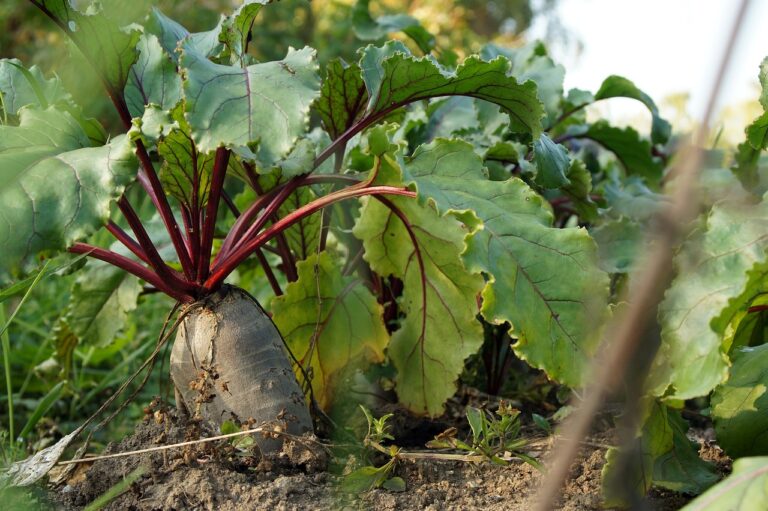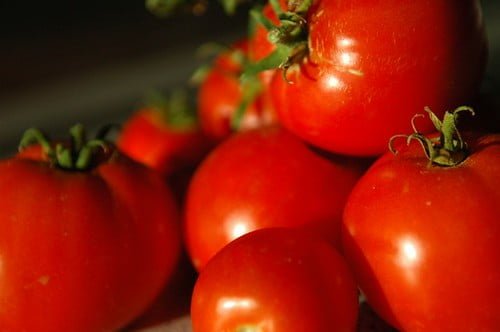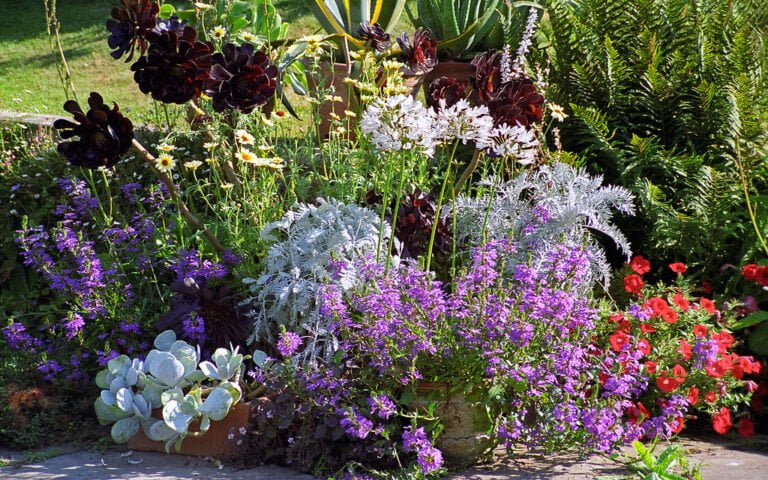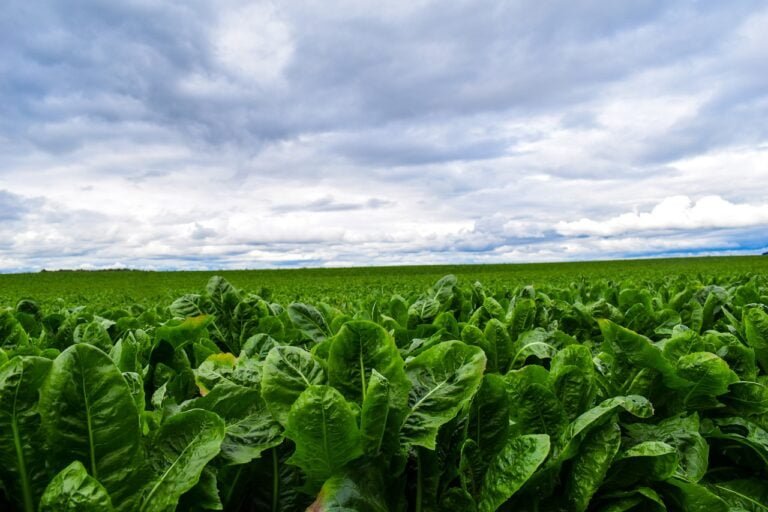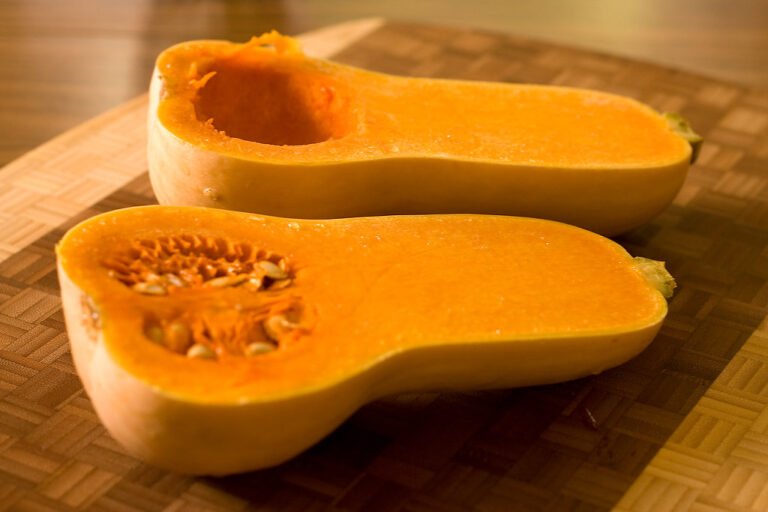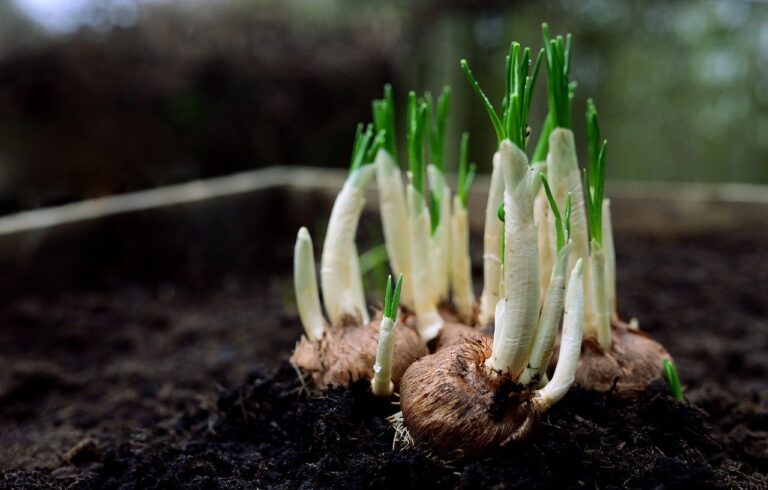Understanding the Life Cycle of an Onion
If you've ever wondered how onions go from tiny seeds to delicious, aromatic bulbs, look no further. In this article, we'll guide you through the fascinating life cycle of an onion. From selecting the perfect seeds and nurturing them through germination, to caring for the growing seedlings and ensuring they have the right soil and water, we'll cover it all. Get ready to become an expert in understanding and nurturing this versatile and essential kitchen ingredient.
Seed Selection
When selecting seeds for your onion crop, consider the germination rate and variety characteristics. The germination rate refers to the percentage of seeds that will successfully sprout and grow. It is important to choose seeds with a high germination rate to ensure a successful harvest. Additionally, consider the variety characteristics of the onion seeds. Different varieties have varying sizes, shapes, flavors, and storage capabilities. Think about your preferences and the specific needs of your culinary or agricultural operation. Do you need large onions for slicing or small ones for pickling? Are you looking for a mild or pungent flavor? Are you planning to store them for a long time? Understanding the germination rate and variety characteristics will help you make informed decisions and ultimately achieve a bountiful onion harvest.
Germination Process
To begin the germination process of your onion seeds, you will need to follow these steps. First, choose a well-draining container or seed tray. Fill it with a high-quality seed starting mix, ensuring it is moist but not waterlogged. Next, scatter the onion seeds evenly across the surface of the soil, gently pressing them down with your fingertips. Cover the seeds with a thin layer of soil, about ¼ inch deep. Place the container in a warm location, ideally around 70-75°F. Keep the soil consistently moist by misting it with water or using a spray bottle. Within 7-10 days, you should start to see tiny green sprouts emerging from the soil. Once the seedlings have reached a height of 2-3 inches, they are ready to be transplanted into your garden or larger pots.
Growing From Seedlings
To successfully grow onions from seedlings, you will need to carefully transplant them into your garden or larger pots. Start by preparing the soil in your garden bed or pots. Make sure the soil is loose and well-drained to prevent waterlogging. Create furrows or holes for the seedlings, ensuring they are spaced about 4-6 inches apart. Gently remove the seedlings from their trays or containers, being careful not to damage the delicate roots. Place each seedling into the furrow or hole, making sure the roots are spread out. Fill the hole with soil, pressing gently around the base of the seedling to secure it. Water the seedlings thoroughly after transplanting and continue to water regularly to keep the soil moist. Providing adequate sunlight and proper care will help your onion seedlings thrive and grow into mature, flavorful onions.
Soil and Water Requirements
First, ensure that you provide the proper soil and water requirements for your onion plants. Onions thrive in well-drained soil with a pH level between 6 and 7.5. Before planting, amend the soil with organic matter, such as compost, to improve its fertility and drainage. Onions require full sun, so choose a location that receives at least 6 hours of direct sunlight per day. When it comes to watering, onions need consistent moisture throughout their growing season. However, be careful not to overwater as it can lead to disease and rot. Water the plants deeply once a week, providing about 1 inch of water. Mulching can help retain moisture and prevent weed growth. By following these soil and water requirements, you will set your onion plants up for success.
Fertilization and Mulching
Ensure your onion plants receive proper fertilization and mulching to support their growth and development. Fertilization is crucial for supplying essential nutrients to the plants. Start by preparing the soil before planting, adding organic matter or compost to improve its fertility. Apply a balanced fertilizer, such as a 10-10-10 or 12-12-12, at a rate of 1-2 pounds per 100 square feet. Spread the fertilizer evenly around the plants and gently work it into the soil. Mulching helps retain moisture, control weeds, and regulate soil temperature. Apply a layer of organic mulch, such as straw or grass clippings, around the base of the plants. Keep the mulch about 2 inches thick, ensuring it doesn't touch the stems. Remember to water your onion plants regularly, especially during dry periods, to maximize their growth potential.
Weed Control Methods
One effective way to control weeds in your onion plants is by using an effective weed control method. Weeds compete with your onions for nutrients, water, and sunlight, which can hinder their growth and reduce yields. One practical method is hand weeding, where you remove weeds by hand, being careful not to disturb the onion plants. Another method is using mulch, such as straw or wood chips, to suppress weed growth by blocking sunlight and preventing weed seeds from germinating. Additionally, you can use herbicides specifically designed for onion crops, following the instructions carefully to avoid damage to your plants. Regularly monitoring your onion beds and promptly addressing any weed growth is crucial for successful weed control. By implementing these methods, you can ensure healthier onion plants and maximize your harvest.
Pests and Diseases
To effectively protect your onion plants from pests and diseases, it is important to be aware of common threats and take proactive measures to prevent their occurrence. Onions can be susceptible to a variety of pests, including onion thrips, onion maggots, and aphids. These pests can cause significant damage to your plants, resulting in stunted growth and reduced yields. To combat these pests, consider using natural deterrents such as neem oil or insecticidal soap. Regularly inspect your plants for signs of infestation, such as yellowing leaves or visible pests, and take immediate action to address the issue. In addition to pests, onions can also be affected by diseases like onion rot and downy mildew. To prevent these diseases, practice crop rotation, ensure proper drainage, and avoid overwatering. By being proactive in your pest and disease control efforts, you can protect your onion plants and ensure a successful harvest.
Bulb Formation
As you cultivate your onion plants, the formation of the bulb is a crucial stage in their life cycle. The bulb serves as a storage organ, providing nutrients and energy for the plant's growth and survival. During bulb formation, the onion plant undergoes a series of physiological changes. Firstly, as the plant matures, the leaves start to dry and fold over, directing their energy towards the bulb. The outer layers of the leaves begin to dry and papery, protecting the developing bulb underneath. As the bulb grows, new layers are added, increasing its size. Adequate water supply, proper nutrition, and optimal growing conditions are essential for successful bulb formation. Remember to water your onion plants regularly, avoid over-fertilization, and provide adequate spacing for the bulbs to develop fully.
Harvesting Techniques
To ensure a successful harvest, you should carefully time when to reap your onions, ensuring they have reached their optimal size and maturity. Harvesting onions at the right time is crucial to maximize their flavor and storage potential. As soon as the tops of the onions start to turn yellow and fall over, it is an indication that they are ready to be harvested. Gently loosen the soil around the onions using a garden fork or trowel, being careful not to damage the bulbs. Lift the onions out of the ground by grasping the tops and carefully pulling them up. Once out of the ground, allow the onions to dry in a cool, dry, and well-ventilated area for a few days to cure. After the curing process, trim the tops and roots, and store the onions in a cool, dark place with good air circulation. With these simple harvesting techniques, you can enjoy the fruits of your labor and serve fresh, flavorful onions to your loved ones.
Storing and Using Onions
You can store and use onions in various ways to maximize their freshness and flavor. To store onions, keep them in a cool, dry, and well-ventilated place. Avoid storing them near potatoes, as the gases released can cause both to spoil quicker. If you have cut onions, store them in an airtight container in the refrigerator to prevent odors from spreading. When using onions in cooking, remember that different varieties have different flavors. Sweet onions are great for caramelizing or eating raw in salads, while strong onions are perfect for adding depth to soups and stews. To reduce the sharpness of raw onions, soak them in ice water for 10 minutes before using. By following these storage and usage tips, you can enjoy onions at their best.
Conclusion
In conclusion, understanding the life cycle of an onion is crucial for successful cultivation. From seed selection to harvesting techniques, each stage requires careful attention and proper care. By providing the right soil and water requirements, fertilizing and mulching, and protecting against pests and diseases, you can ensure healthy bulb formation. Finally, storing and using onions properly will allow you to enjoy their delicious flavor in various culinary dishes. So, get ready to embark on a practical journey of growing your own onions!

